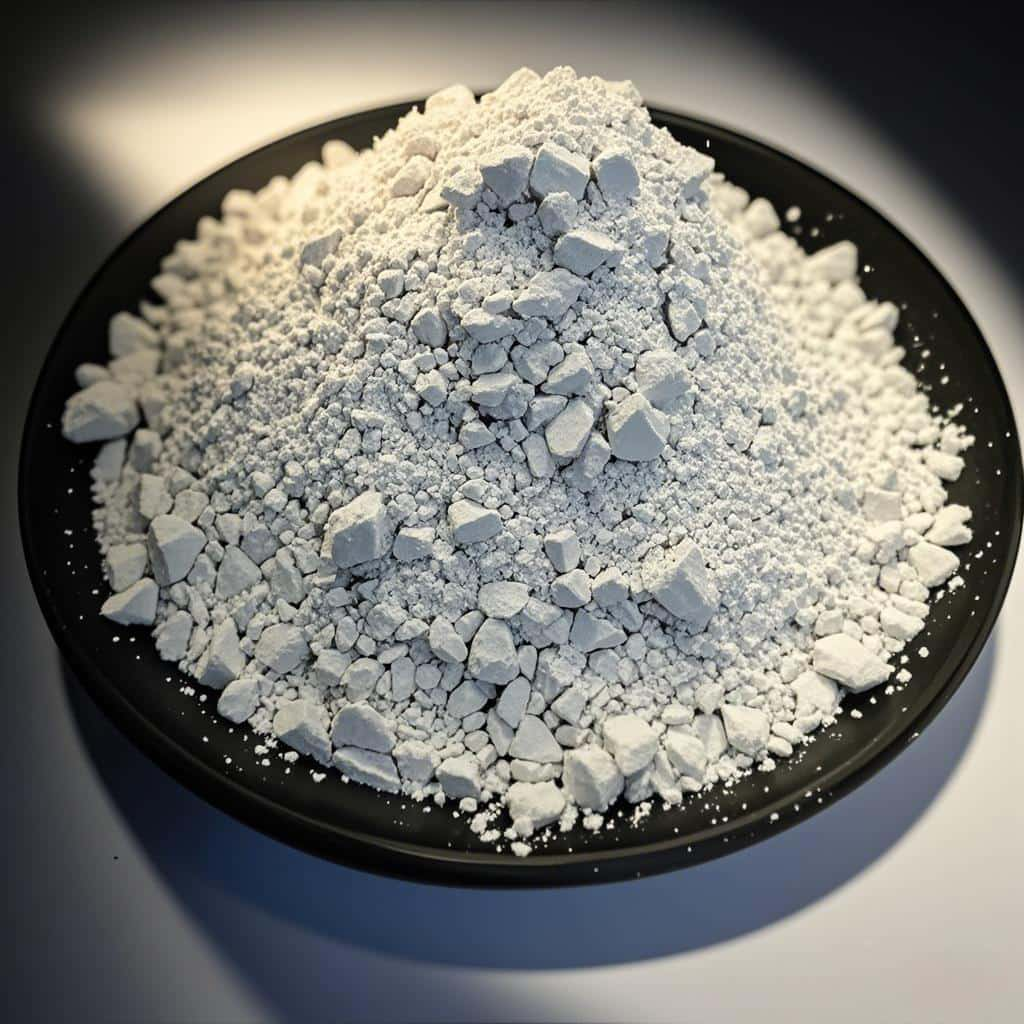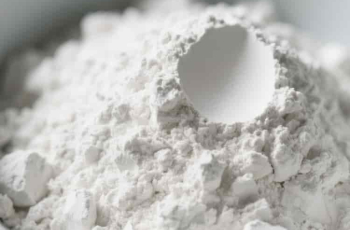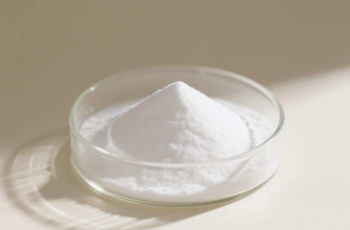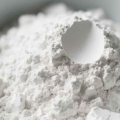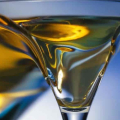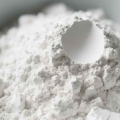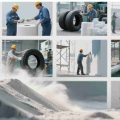- Welcome to China Calcium Carbonate Manufacturer
- WeChat:15078781000
Coated Calcium Carbonate Powder Supplier from China
- Category: Calcium Carbonate
- |
- Date: 2025-06-09 10:47
Surface-treated coated calcium carbonate powder with stearic acid for improved dispersion, hydrophobicity, and polymer compatibility in plastics and rubber.
Product Details
Image ALT Suggestion: High-purity stearic acid coated calcium carbonate powder for plastics and rubber applications
Coated Calcium Carbonate (CaCO₃) is a surface-treated version of calcium carbonate that enhances dispersion, compatibility, and performance in polymers, coatings, rubber, and more. We manufacture and export high-purity coated CaCO₃ powders treated with stearic acid and other modifiers to meet industry-specific needs.
🏢 What Is Coated Calcium Carbonate?
Coated calcium carbonate is ground or precipitated CaCO₃ with a surface layer of organic coating agents such as stearic acid or polymer surfactants. The coating enhances hydrophobicity, improves matrix compatibility, and supports better processing.
CAS No.: 471-34-1
HS Code: 28365000
Other Names: Stearic acid coated calcium carbonate, coated GCC, coated PCC
🔪 Key Specifications
| Parameter | Typical Value |
|---|---|
| Appearance | White fine powder |
| Coating Agent | Stearic acid (or custom options) |
| CaCO₃ Purity | ≥ 98.5% |
| Particle Size (D50) | 1–10 μm (customizable) |
| Coating Rate | 1.0% – 2.5% |
| Moisture | ≤ 0.3% |
| Oil Absorption | 15–25 g/100g |
| Bulk Density | 0.9–1.2 g/cm³ |
📚Difference Between Coated and Uncoated Calcium Carbonate
| Feature | Coated CaCO₃ | Uncoated CaCO₃ |
| Surface Treatment | Yes (e.g. stearic acid) | None |
| Hydrophobicity | High | Low |
| Polymer Compatibility | Excellent | Moderate |
| Dispersion | Superior | Average |
| Typical Use | Plastics, rubber, masterbatch | Paints, paper, cement |
Learn more: What is the Difference Between GCC and PCC Calcium Carbonate?
🔧 How to Make Coated Calcium Carbonate?
Coated calcium carbonate is typically produced by:
Grinding high-purity limestone (for GCC) or precipitating (for PCC).
Applying a coating agent such as stearic acid in a controlled mixer.
Controlling temperature and rotation speed for optimal surface modification.
Quality testing for coating uniformity, particle size, and performance.
Our facility uses advanced surface treatment lines with real-time QC.
📊 Coated Calcium Carbonate Powder Uses
Plastics (PVC, PE, PP): Enhances strength, surface finish, and processing speed.
Rubber Compounds: Improves abrasion resistance and tensile properties.
Masterbatch: Excellent dispersion and flow behavior.
Paints & Coatings: Enhances scrub resistance and gloss.
Paper Industry: Optional use for paper filling and coating.
Others: Adhesives, sealants, cables, cosmetics.
📅 Coated Calcium Carbonate Price & Supply
- Pricing depends on:
- Particle size & coating rate
- Type of CaCO₃ (GCC vs PCC)
- Quantity (tons per order)
- Packaging format
Contact us to get your best FOB/CIF price. We offer:
- OEM / ODM specs
- Free samples for lab testing
- SGS / REACH / RoHS documentation
- 25kg bags / 500kg jumbo bags / custom packaging
🌐 Why Choose Us as Your China Manufacturer?
Over 15 years of experience in CaCO₃ processing
ISO 9001-certified factory with international clients
Strong customization capability (particle size, coating, branding)
Technical support team for industry applications
✉️ Visit our Homepage to explore full product range
📖 FAQ
Q: What is the CAS number for coated calcium carbonate?
A: CAS No. is 471-34-1 (same as uncoated calcium carbonate).
Q: What coating agents are commonly used?
A: Stearic acid is most common. Others include silanes, titanates, and polymer dispersants.
Q: Can I get MSDS for coated calcium carbonate?
A: Yes, full MSDS available upon request.
Q: What’s the difference between coated ground calcium carbonate and coated PCC?
A: GCC is mechanically ground; PCC is chemically precipitated. Both can be surface treated.
Q: Do you export globally?
A: Yes, we ship to 40+ countries across Asia, Europe, the Americas, and Africa.
✉️ Contact Us for Best Price or Free Sample
We supply coated calcium carbonate for plastics, rubber, coatings, and more. Request your quote, MSDS, or technical data sheet today.
✉️ Email: addy34152@gmail.com
🌐 Contact Page: Click Here
